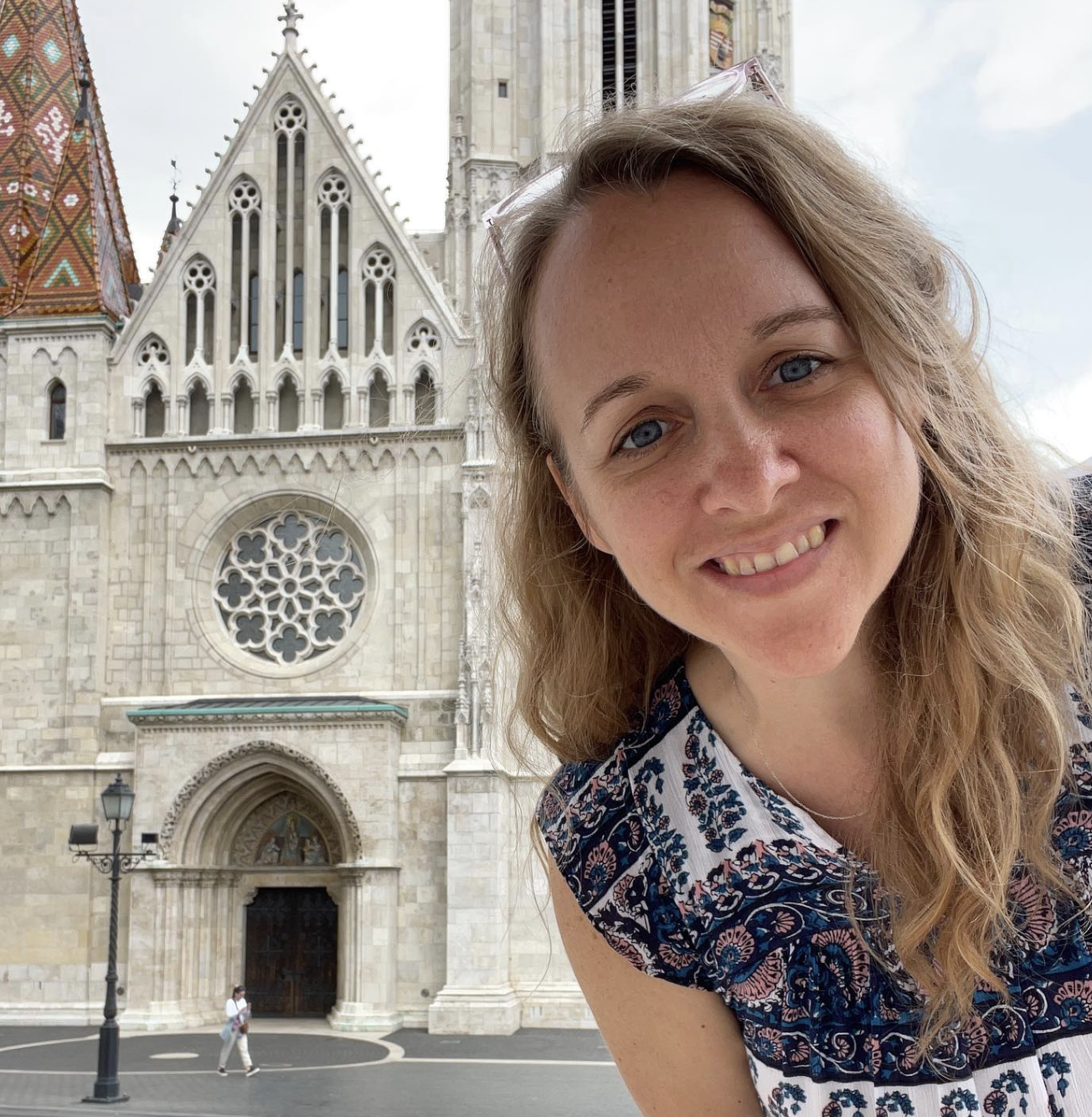Applications of CPS technologies involving the power generation and/or energy conservation.
This project explores balancing performance considerations and power consumption in cyber-physical systems, through algorithms that switch among different modes of operation (e.g., low-power/high-power, on/off, or mobile/static) in response to environmental conditions. The main theoretical contribution is a computational, hybrid optimal control framework that is connected to a number of relevant target applications where physical modeling, control design, and software architectures all constitute important components. The fundamental research in this program advances state-of-the-art along four different dimensions, namely (1) real-time, hybrid optimal control algorithms for power management, (2) power-management in mobile sensor networks, (3) distributed power-aware architectures for infrastructure management, and (4) power-management in embedded multi-core processors.
The expected outcome, which is to enable low-power devices to be deployed in a more effective manner, has implications on a number of application domains, including distributed sensor and communication networks, and intelligent and efficient buildings. The team represents both a research university (Georgia Institute of Technology) and an undergraduate teaching university (York College of Pennsylvania) in order to ensure that the educational components are far-reaching and cut across traditional educational boundaries. The project involves novel, inductive-based learning modules, where graduate students team with undergraduate researchers.
Off
Georgia Tech Research Corporation
-
National Science Foundation
Magnus Egerstedt
Submitted by Magnus Egerstedt on December 11th, 2012
Large-scale critical infrastructure systems, including energy and transportation networks, comprise millions of individual elements (human, software and hardware) whose actions may be inconsequential in isolation but profoundly important in aggregate. The focus of this project is on the coordination of these elements via ubiquitous sensing, communications, computation, and control, with an emphasis on the electric grid. The project integrates ideas from economics and behavioral science into frameworks grounded in control theory and power systems. Our central construct is that of a ?resource cluster,? a collection of distributed resources (ex: solar PV, storage, deferrable loads) that can be coordinated to efficiently and reliably offer services (ex: power delivery) in the face of uncertainty (ex: PV output, consumer behavior). Three topic areas form the core of the project: (a) the theoretical foundations for the ?cluster manager? concept and complementary tools to characterize the capabilities of a resource cluster; (b) centralized resource coordination strategies that span multiple time scales via innovations in stochastic optimal control theory; and (c) decentralized coordination strategies based on cluster manager incentives and built upon foundations of non-cooperative dynamic game theory.
These innovations will improve the operation of infrastructure systems via a cyber-physical-social approach to the problem of resource allocation in complex infrastructures. By transforming the role of humans from passive resource recipients to active participants in the electric power system, the project will facilitate energy security for the nation, and climate change mitigation. The project will also engage K-12 students through lab-visits and lectures; address the undergraduate demand for power systems training through curricular innovations at the intersection of cyber-systems engineering and physical power systems; and equip graduate students with the multi-disciplinary training in power systems, communications, control, optimization and economics to become leaders in innovation.
Off
University of California-Berkeley
-
National Science Foundation
Duncan Callaway
 Submitted by Duncan Callaway on December 11th, 2012
Submitted by Duncan Callaway on December 11th, 2012
Event
First International Workshop on Sustainable Monitoring through Cyber-Physical Systems (SuMo-CPS)
Wireless sensor networks (WSNs) have recently provided the right technology for enabling cable free systems for environmental monitoring. These networks of collaborative sensor nodes are easily deployable, can be embedded into structures, placed on the human body, dispersed in water and on-land and, through wireless communications, provide easy data reporting.
Submitted by Anonymous on December 5th, 2012
Due to rising energy costs and environmental concerns, energy has become one of the important concerns for the communities, governments and industries. The E6 (Energy in Communication, Information, and Cyber-physical Systems) workshop at COMSNETS 2013 focuses on all aspects (energy conservation, energy efficiency, alternate energy sources) related to energy consumption in communication and computing systems, and, as well as associated cyber-physical systems.
 Submitted by Katie Dey on October 25th, 2012
Submitted by Katie Dey on October 25th, 2012
Event
Resilience Week 2013
Symposia dedicated to promising research in resilient systems that will protect cyber-physical infrastructures from unexpected and malicious threats--securing our way of life.
 Submitted by Craig Rieger on September 18th, 2012
Submitted by Craig Rieger on September 18th, 2012
Event
Buildsys 2012: 4th ACM Workshop On Embedded Sensing Systems For Energy-Efficiency In Buildings
The world is increasingly experiencing a strong need for energy consumption reduction and for efficient use of scarce natural resources. Official studies report that buildings account for the largest portion of World’s energy expenditure and have the fastest growth rate.
Submitted by Mário Alves on May 9th, 2012
 Submitted by Katie Dey on April 16th, 2012
Submitted by Katie Dey on April 16th, 2012
IEEE DEST 2012 (June 18-20 2012, Campione, ITALY) has a track on Cyber Physical Energy Systems:
Submitted by Peter Palensky on April 16th, 2012
The goal of this two-day, single-track event is to expose researchers to control and modeling challenges in cyber-physical systems (CPS) with the aim of exchanging knowledge and fostering collaborations between academia, industry, and government agencies. The proposed symposium will cover several applications of cyber-physical systems such as networked systems of unmanned vehicles, power grids, green buildings, transportation systems and health-care systems via invited talks, poster presentations and a panel discussion.
Submitted by Quanyan Zhu on April 16th, 2012
NSF Industry Round-Table on Cyber-Physical Systems, May 17, 2007, Arlington, VA.
Submitted by Anonymous on April 16th, 2012